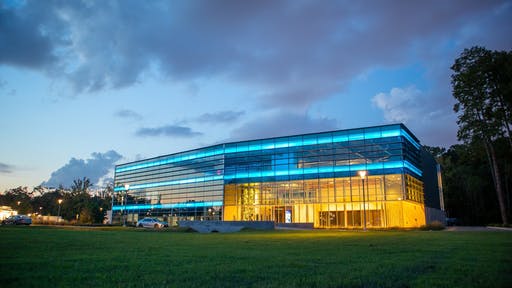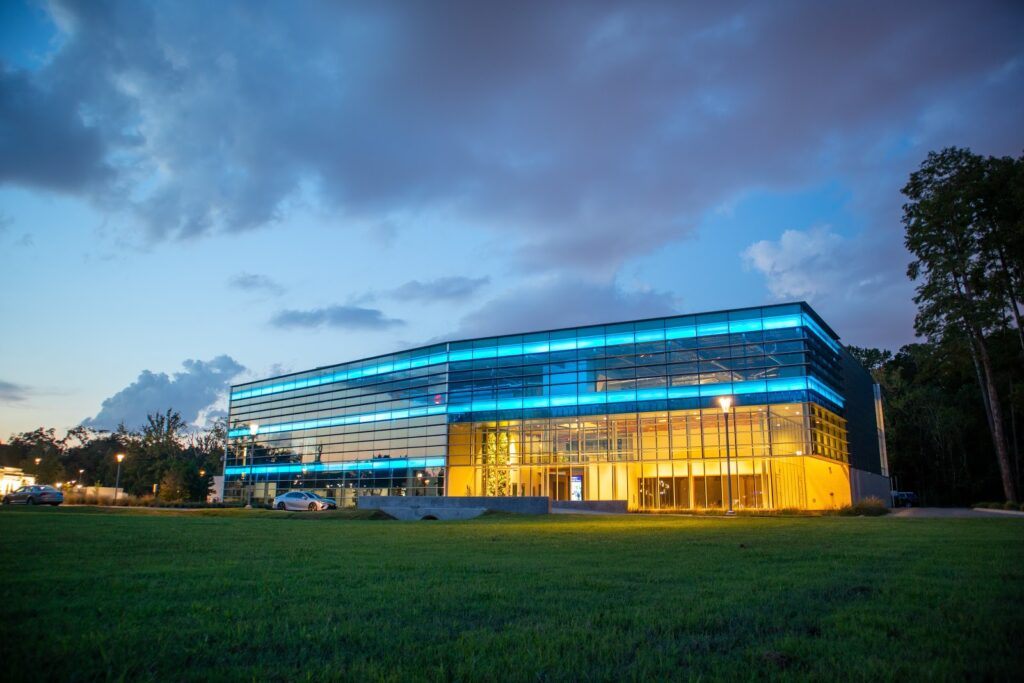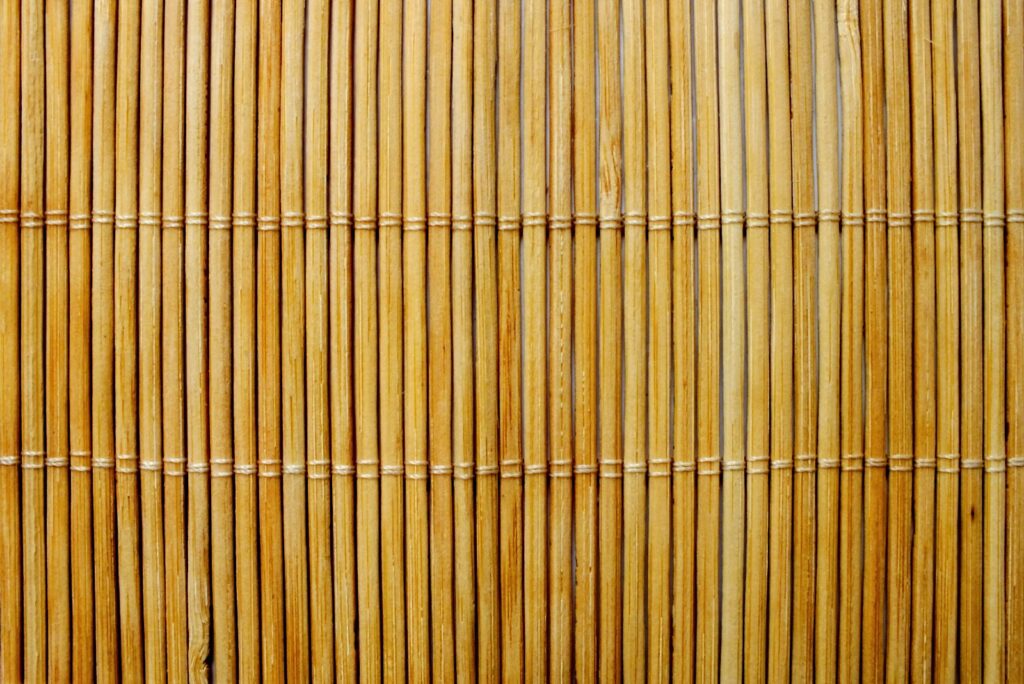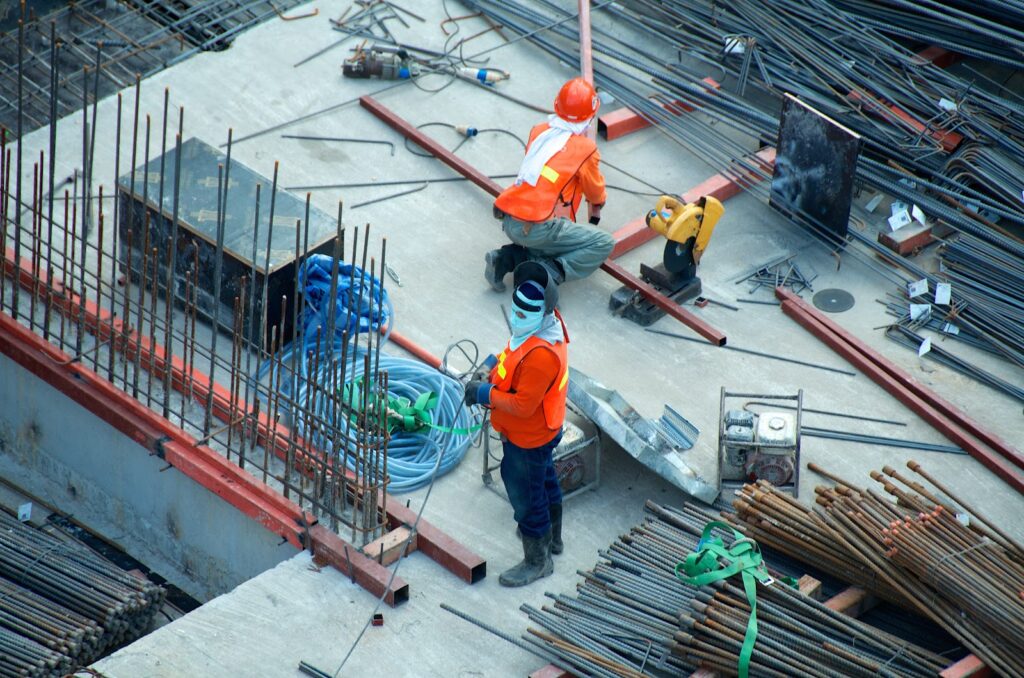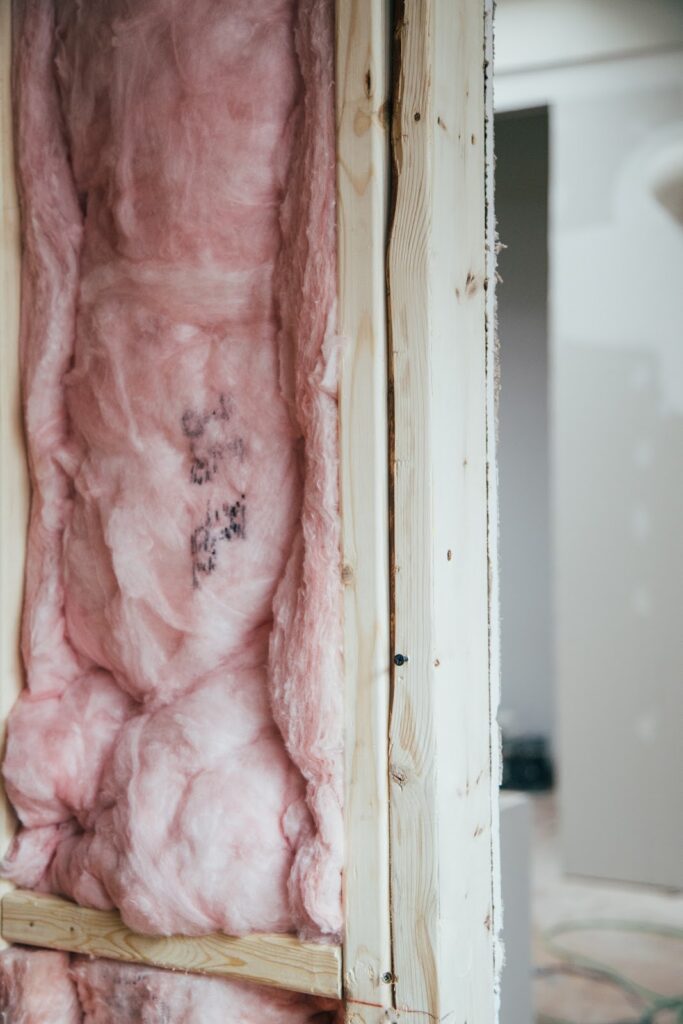Architects are working with manufacturers to source new materials that improve health, lower costs, and reduce environmental impact.
View the original article here
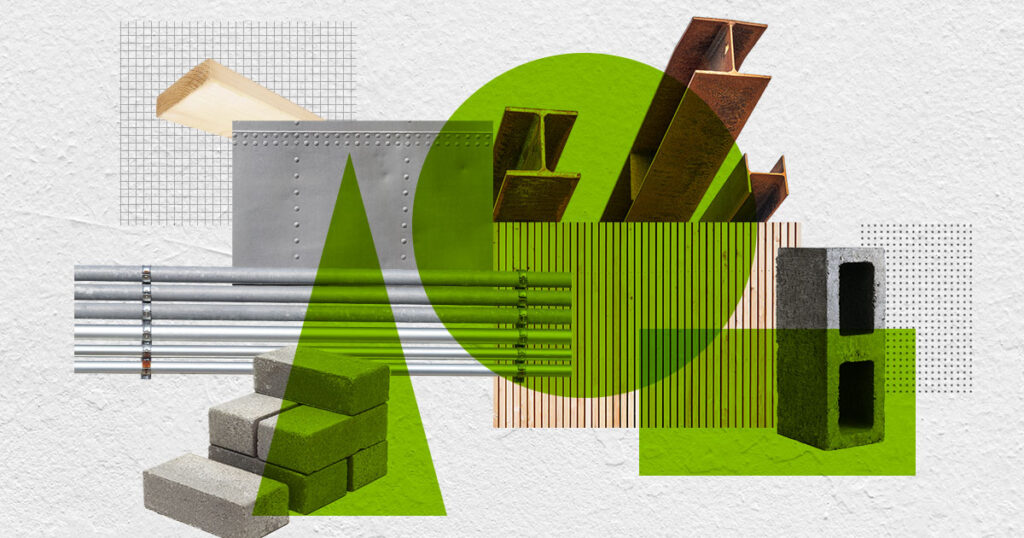
Building materials—and what’s in them—have been making headlines, and for good reason. As The American Institute of Architects (AIA) raises the bar in response to climate change, architects and design professionals are partnering with clients, contractors, and manufacturers to source materials that meet new environmental goals, part of a larger effort to improve resiliency for the future.
“Historically, architects haven’t asked what goes into building materials,” says Lona Rerick, AIA, an associate principal at ZGF Architects in Portland, Oregon. “We used to just look at aesthetics, performance, and durability. But in the past decade, there’s been a shift to thinking more holistically about sustainable design and better building materials. Now we’re collaborating with clients to improve embodied carbon and health.”
Greener building materials are key to halting climate change. Currently, buildings produce about 40% of the world’s fossil-fuel carbon-dioxide emissions (CO2). In fact, the United States’ building stock produces more than two billion tons of greenhouse gases per year. But that number can be greatly reduced by limiting the embodied carbon of our building materials. Embodied carbon—the CO2 released during material extraction, manufacture, and transport, combined with construction emissions—will be responsible for 74% of all CO2 emissions of new buildings in the next 10 years. And unlike operational carbon, which can be reduced during a building’s lifetime, embodied carbon is locked in as soon as a building is completed and can never be decreased.
The good news? People want change. According to a 2019 survey by the Morgan Stanley Institute for Sustainable Investing, 85% of U.S. investors now express interest in sustainable investing, while half have factored attributes such as the sustainability of a business into their decision to buy. Overall this shows that people want to improve the environmental and social impact of their investments.
To help clients address climate change, architects need to prioritize lowering the embodied carbon of the materials that produce it most. It all starts with a discussion at the outset. “As the design team, we need to have early conversations with clients about the importance of building materials,” says Frances Yang, AIA, the structures and sustainability specialist at Arup in San Francisco. “We need to show them that materials made with little or net zero embodied carbon can be healthier and sometimes cheaper than traditional products. Once clients are on board, contractors and suppliers will support it, and more people will start to realize that they need to come up with greener strategies.”

Prioritize building materials that reduce carbon
The easiest way to reduce embodied carbon is through reuse—not just of existing building materials, but of existing structures, too. For renovation projects, architects can draft efficient designs that make the most of the current footprint. For new projects, architects can bring in salvaged materials sourced from deconstructed buildings. Most of all, when considering new materials, architects can minimize embodied carbon by focusing their efforts on the top three worst offenders—concrete, steel, and aluminum, which account for 22% of all embodied CO2.
Recently, Yang and her colleagues at Arup designed a project for a Bay Area client that required large amounts of concrete. The client was considering purchasing carbon offsets. But the low-carbon-concrete options Yang researched were cheaper than the offsets and could reduce a greater amount of embodied carbon. By choosing concrete made from granulated blast-furnace slag, a byproduct of steel manufacturing, Yang helped the client reduce both the cost of the project and its impact on the environment.
“Teamwork was key,” Yang says. “At the beginning, we worked with the sustainability and engineering teams to share the benefits of slag cement with the client and get them on board, which then persuaded the contractor to also get behind it. The main thing is to start the conversation early and get everyone’s support. In that instance, we were able to help the client cut 12,000 tons of embodied carbon—making everyone really happy with the outcome.”
Manufacturers agree. “Collaboration and communication between architects and concrete suppliers provides many benefits,” says Alana Guzzetta, the laboratory manager at the U.S. Concrete National Research Laboratory in San Jose, California, which has partnered with Yang on projects over the years. “Communication allows architects to be familiar with the cement substitutions and low-carbon-concrete options available in specific markets, which can be helpful in writing specifications. Additionally, when an architectural aesthetic is required for the concrete, the supplier needs to understand those needs to provide the correct mix. Overall, collaboration between designers, contractors, and suppliers is important for implementing the lowest-carbon mixes that meet performance and schedule requirements.”
The 7 steps to adopting better building materials
Creating a plan to build with healthier resources
- Establish the goal and scope: Turn values related to health and transparency into clearly written goals and a scope of work, approachable targets, and roles and responsibilities for the project.
- Set priorities within budget: Most projects are constrained by cost, and healthier materials are too often abandoned when an all-or-nothing mentality is adopted. Instead, allow projects to achieve incremental improvements. Some improvement is better than none at all.
- Develop measurable targets: This step establishes measurable criteria that define success for the project. The target should reinforce the goals and priorities described in the previous steps. Some rating-systems criteria have targets already defined. For example, LEED requires that a minimum of 20 products used on a project meet the disclosure requirements to achieve one point in the Building Product Disclosure and Optimization credit related to healthier materials.
- Define methods and metrics: Once targets for healthier materials—which are less toxic for human or environmental health—are established, the next step is to select tools to measure progress. A wide variety of resources are available. Choosing the right one requires matching the information it provides with the goal and scope of the project. For example, if the objective is to avoid certain harmful substances, a list of materials not to be used in the project (and conversely, ones that can be used) should be the primary reference guide.
- Outline roles and responsibilities: Determine who will fulfill the essential roles among the primary parties on the project, including the owner, designer or specifier, builder, and operator. Responsibilities include materials research, selection and specification, tracking progress, procurement, and reviewing contractor submissions.
- Ongoing review and documentation: During the design phase, tracking gives everyone the ability to see progress toward the project’s targets and also serves as a useful tool to ensure goals will be met.
- Develop a materials manual: A manual of building materials is intended to pull together essential information for the facilities operations team. It should address maintenance, warranties, repair, replacement, cleaning, and general care that may be specific to the products installed on the project. Owners who manage their own buildings may wish to use this as the starting point for a continual feedback loop with the building management team. Overall, this can be a great opportunity for architects to develop a closer working relationship with a project manager—a key factor in reducing embodied carbon.
Help clients source better building materials
Another way architects can help reduce embodied carbon is to source materials that have been verified with environmental product declarations (EPDs). Similar to nutrition labels, EPDs are documents that communicate the environmental impact of a product over its entire life cycle, conveying the carbon footprint of materials at a glance. Today, architects can easily check the EPDs of products by using the EC3 Embodied Carbon in Construction Calculator (EC3). Created by the Carbon Leadership Forum, the EC3 is a free, open-access application that helps architects and contrators source sustainable materials in categories like concrete, insulation, gypsum board, and carpet. “Increasingly, we’re writing into our specifications that suppliers must have an EPD if they’re providing a product,” Rerick says. “We need to see that to prove that the builder has lowered the global-warming potential of that product below a certain baseline.”
Recently, Rerick and her colleagues at ZGF Architects were hired by a major tech company to design a new campus in the Pacific Northwest. The tech company is working to become carbon-negative—removing more emissions from the environment than it contributes—and is starting by focusing on construction materials. Using the EC3 tool, ZGF and the other project teams helped the company reduce its carbon footprint while also enriching the EC3 database with additional EPD-approved materials. The size of the project greatly increased the data available to architects everywhere. “The EC3 database is now even more of a game changer, because we have a deeper resource to compare all these different EPDs,” Rerick says. “It enables us to set better targets for lower embodied carbon and then reach them.”
In addition to the EC3 tool, ZGF uses a digital calculator of its own design to further reduce the embodied carbon of projects. Available for free online, the Life Cycle Analysis tool enables architects to enter the ingredients of concrete mixes and quickly see the carbon impact—an innovation that should help improve the industry for years to come. “By creating a database and material-specific baselines to target for products with EPDs, the Carbon Leadership Forum is reducing uncertainty about them,” Rerick says. “This project is helping to accelerate the demand for EPDs among both clients and manufacturers.”
The 5 Key Takeaways of the AIA Materials Pledge
Guidelines for selecting sustainable materials:
- Support Human Health by preferring products which support and foster life throughout their life cycles and seek to eliminate the use of substances that are hazardous.
- Support Social Health and Equity by preferring products from manufacturers who secure human rights in their own operations and in their supply chains, and which provide positive impacts for their workers and the communities where they operate.
- Support Ecosystem Health by preferring products which support and regenerate the natural air, water, and biological cycles of life through thoughtful supply chain management and restorative company practices.
- Support Climate Health by preferring products which reduce carbon emissions and ultimately sequester more carbon than emitted.
- Support a Circular Economy by reusing and improving buildings and by designing for resiliency, adaptability, disassembly and reuse aspiring to a zero-waste goal for global construction activities.
Advocate for Local Legislation
Going forward, one of the most important ways architects can increase the use of greener building materials is to advocate for local legislation to lower emissions. In 2019, New York City passed the Climate Mobilization Act, which set emissions caps for buildings, with the goal of reducing output levels 40% by 2030. Nearly 70% of New York City’s emissions come from buildings. As part of the legislation, owners of structures 25,000 square feet or larger must reduce emissions or pay a substantial fine, an initiative that’s sparking massive change.
Todd Kimmel, the New York City architectural manager for insulation manufacturer Rockwool and a Certified Passive House Designer, is working with architects to design green projects that include large-scale passive buildings such as the House at Cornell Tech Campus and Sendero Verde, a three-building, 752,000-square-foot complex in East Harlem that will be a model of low-energy construction. In the past, Kimmel focused on passive design and reducing operational carbon, figuring out how projects can utilize Rockwool insulation, a stone wool that retains heat while minimizing negative health impacts. (Unlike rigid or spray-foam insulation, mineral wool has no plastics that can be released into the air during installation or a fire.) But lately, thanks in part to the city’s Climate Mobilization Act, Kimmel has seen an increase in the number of architects working with contractors and manufacturers to source materials made with less embodied carbon—a trend he attributes to spillover from legislation that addresses operational carbon.
“Architects used to consider materials primarily from a performance standpoint,” Kimmel says. “Now we’re seeing clients invest in greener building materials and operations that exceed the code requirements, because they need to build for the future, to ensure they don’t get hit with penalties. As a result, that way of designing, which creates a healthier environment anyway, is becoming the new norm.”
Build Consensus
The key to building with more sustainable materials is to create consensus, from clients to contractors to manufacturers. Change isn’t easy. For manufacturers in particular, research and development can be costly and time-consuming. But innovation is leading to better options, including wooden materials that capture carbon and concrete materials that sequester it. In turn, these materials are becoming more available, giving architects an extraordinary opportunity for change.
“Manufacturing today requires investing in innovation,” says Cassandra Mellon, the director of architectural sales at Rockwool. “We’re a net carbon-negative company, and want to lower the embodied carbon of stone wool even more, because we believe that’s important. Part of what helped inspire us were initiatives like the AIA materials pledge, which showed that this movement was gaining momentum. If architects ask about things, we listen. Ultimately, the materials pledge creates the foundation for a collaborative approach between architects and manufacturers as we all strive for sustainable materials, and I think we’re going to see more of these types of products across the industry in the future.”
The Blueprint for Better campaign is a call to action. AIA is asking architects, design professionals, civic leaders, and the public in every community to join our efforts. Help us transform the day-to-day practice of architecture to achieve a zero-carbon, resilient, healthy, just, and equitable built environment.

